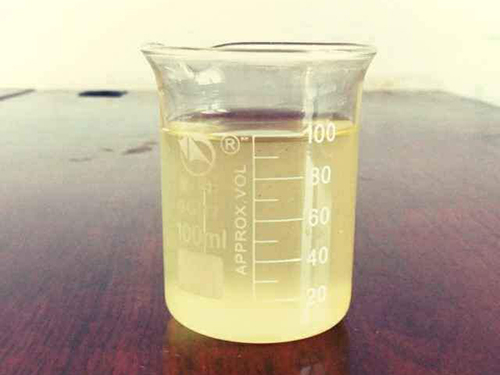Exploring the Applications and Benefits of HEDP Phosphonate in Various Industries
Understanding HEDP Phosphonate Applications and Benefits
HEDP, or Hydroxyethylidene diphosphonic acid, is a phosphonate compound that has garnered significant attention in various industries due to its unique properties and versatility. Known for its excellent chelating ability, HEDP is commonly used as a scale inhibitor and corrosion inhibitor, making it vital in water treatment applications. This article delves into the properties, applications, and advantages of HEDP phosphonate.
Chemical Properties of HEDP
HEDP is a synthetic phosphonate characterized by its molecular formula C₂H₅O₇P₂. It is a colorless to pale yellow liquid with a phosphonic structure that provides strong coordination to multivalent metal ions. One of the key features of HEDP is its ability to form stable complexes with metals such as calcium, iron, and magnesium. This chelating ability allows HEDP to mitigate the formation of scale in industrial water systems.
The molecule features two phosphonic acid groups that grant it high solubility in water. This property makes it particularly suitable for use in aqueous environments, where its effectiveness can be maximized. HEDP remains stable over a wide range of pH values, adding to its appeal in various operational conditions.
Applications of HEDP
1. Water Treatment HEDP is widely used in water treatment processes aimed at preventing the formation of scale in cooling towers, boilers, and pipelines. In these systems, mineral deposits can significantly impair operational efficiency and lead to costly downtime. By utilizing HEDP, organizations can maintain water systems free of scale and prolong the lifespan of equipment.
2. Corrosion Inhibition The ability of HEDP to inhibit corrosion is crucial, especially in environments containing metals. In industrial water systems, where rust and corrosion can lead to equipment failure, HEDP is employed to create a protective film over metal surfaces, thus reducing the rate of corrosion and extending the integrity of infrastructure.
hedp phosphonate

3. Detergents and Surfactants HEDP finds its application in the formulation of detergents and cleaning products as a builder. It helps to enhance the efficiency of the surfactants used, allowing for better cleaning performance by binding to metal ions present in water and preventing them from interfering with the cleaning process.
4. Agriculture and Horticulture In agricultural practices, HEDP can be used as a soil conditioner and in fertilizers. Its chelating properties help enhance the availability of nutrients to plants by binding metal ions that might otherwise precipitate out of the solution, thus improving soil health and crop yields.
5. Oil and Gas Industry In oil recovery processes, HEDP is used to control scale deposits in pipelines and other equipment. It also finds use in the formulation of surfactants that improve oil recovery rates, further underlining its multifaceted applications.
Benefits of Using HEDP
The adoption of HEDP phosphonate in industrial applications brings forth numerous benefits. Firstly, it is highly effective at low concentrations, resulting in cost savings for companies. Additionally, HEDP is environmentally friendly compared to traditional phosphates, as it does not contribute to eutrophication in water bodies. Its stability under various conditions also ensures reliability and consistent performance in diverse applications.
Moreover, HEDP is considered safe to handle, with minimal health risks when used following appropriate guidelines. Its non-toxic nature aligns with growing environmental regulations and the push for sustainable practices.
Conclusion
HEDP phosphonate is a versatile compound with extensive applications across multiple industries. From water treatment to agriculture, its properties offer substantial benefits, making it an indispensable tool in modern industrial processes. As industries continue to seek efficient and sustainable solutions, HEDP’s role is likely to expand, highlighting its significance in enhancing operational performance while promoting environmental stewardship. With ongoing research and development, the future of HEDP phosphonate looks promising, presenting new opportunities for innovation and application.
-
Water Treatment with Flocculant Water TreatmentNewsJun.12,2025
-
Polymaleic AnhydrideNewsJun.12,2025
-
Polyaspartic AcidNewsJun.12,2025
-
Enhance Industrial Processes with IsothiazolinonesNewsJun.12,2025
-
Enhance Industrial Processes with PBTCA SolutionsNewsJun.12,2025
-
Dodecyldimethylbenzylammonium Chloride SolutionsNewsJun.12,2025





